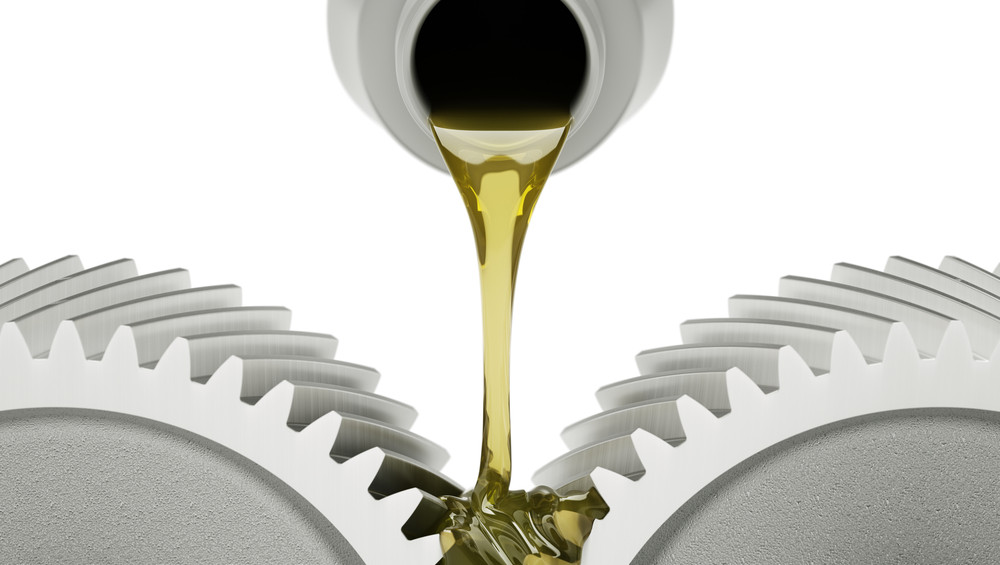Posted on 7/23/2021

Big advances in automotive technology have led to the development of high-tech fluids to keep pace. A simple example of this is the cooling system. For decades it was primarily made out of iron, steel and rubber hoses. There was one kind of coolant that protected these components from corrosion. Now cooling system components are made with various metal alloys and plastics. These materials require different additives to protect them from corrosion. Since the materials used vary from manufacturer to manufacturer, we now have a number of different kinds of coolant. And it's important for Gilbert drivers to use the right coolant. If you pour in the wrong kind, it won't protect the cooling system and may even void the warranty. Of course, your friendly and knowledgeable pros at Spectrum Car Care will know the proper coolant to use. If you're concerned you may have use the wrong fluid, be safe and have your friendly and knowledgeable Spectrum C ... read more
Posted on 10/1/2020

Heard of synthetic motor oil but would like to learn more information? Well, synthetic motor oil is a substitute for conventional oil. Synthetic doesn’t gel or gum-up like conventional oil and it doesn’t vaporize as easily. It protects better in severe driving conditions like stop and go driving as well as in very hot or very cold conditions. More and more new vehicles are being delivered with full synthetic motor oil – with the recommendation to use synthetic for the life of the vehicle. Why is this? Synthetic motor oil maximizes engine power and fuel economy. To see why we’d need a microscope, so we’ll have to settle for using our imaginations. The molecules of conventional motor oil are long hydrocarbon chains. Synthetic motor oil, on the other hand, has uniform, round molecules. Which is slipperier? – A pile of pencils or a pile of marbles? Synthetic motor oil lubricates better because there&rsqu ... read more
Posted on 12/22/2016

You’ve probably heard about synthetic oil and are wondering what it is, and if it’s safe for you to use. Regular oil, which is also known as conventional oil, is a byproduct of dead dinosaurs. The molecules of regular oil are made of long hydrocarbon chains. A good way to think about it is a chain of used and new pencils. Synthetic oil is a kind of highly refined petroleum-based oil. They contain smaller molecules with less size variance, which would be closer to a chain of pencils you get when playing miniature golf. Synthetic oil is commonly man-made and features rounder and more uniform molecules like marbles. So as you make the transition from regular oil to synthetic blends (which is a mixture of synthetic and conventional oil) to fully synthetic oil there would be less friction acting against your engine. The less friction there is the less heat there is, and the better lubricated and protected your engine is. Synthetic blends and fully synthetic oils also come with ... read more
Posted on 10/9/2016

In our last post we detailed how to check 3 of the 7 fluids that you can find in your car. Now we’ll take a look at the other four; the coolant, power steering fluid, transmission fluid and windshield wiper fluid. When you check your coolant levels you need to check the coolant overflow reservoir. This reservoir has little markings on it that show you coolant levels when the engine is hot or cold. If the levels are too low you need to add more coolant to the radiator, but you should never open the radiator cap with a hot engine because this could result in serious injuries. Power steering fluid is different from engine coolant in that it can be checked while it’s warm. In fact some manufacturers will suggest you warm up the engine while others will suggest keeping it cool. That’s why you should consult the owner’s manual for your car to see what the recommendation is for your car. To check the fluid levels you need to first find the power steering tank and tak ... read more
Posted on 10/8/2016

Did you know that your car contains seven fluids and that, in order to keep your car running safely, you need to check all of them on a regular basis? We understand the importance of checking your fluid levels so we put together this two-part series to teach you all about the different fluids and how you can check them. Part one will look at gasoline, motor oil, and brake fluid. You’ll likely learn how to check the gasoline levels of your vehicle and put more gas in within the first week of owning the car. If you don’t then you won’t be getting very far in your second week! When you get a new car you should take a look through the owner’s manual. This manual will tell you everything you need to know including how much fuel you should keep in your car and how to check fluid levels. If you can’t find your owner’s manual then you can likely find a digital copy to download on the manufacturer’s website. You should be able to find it with a quick s ... read more